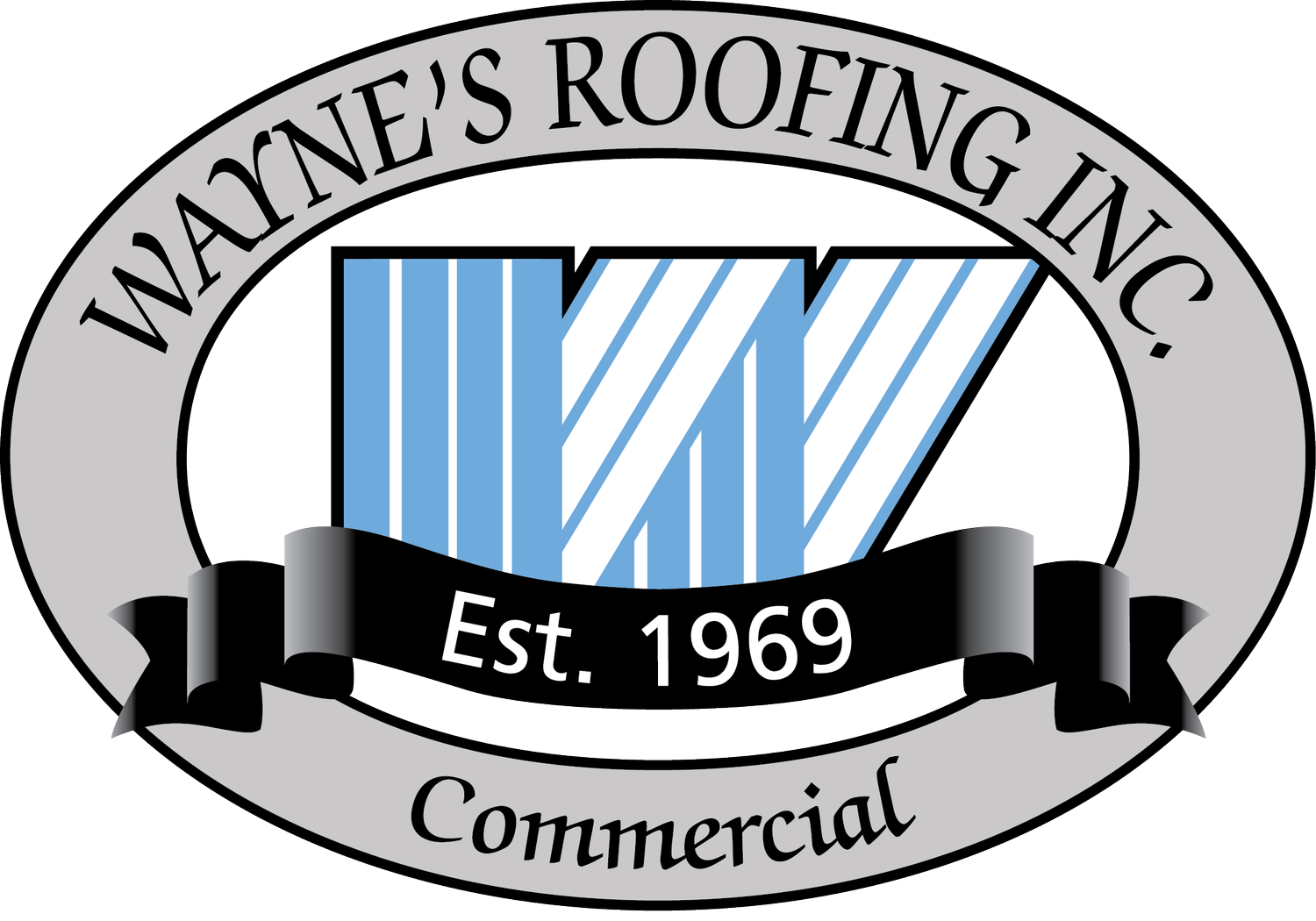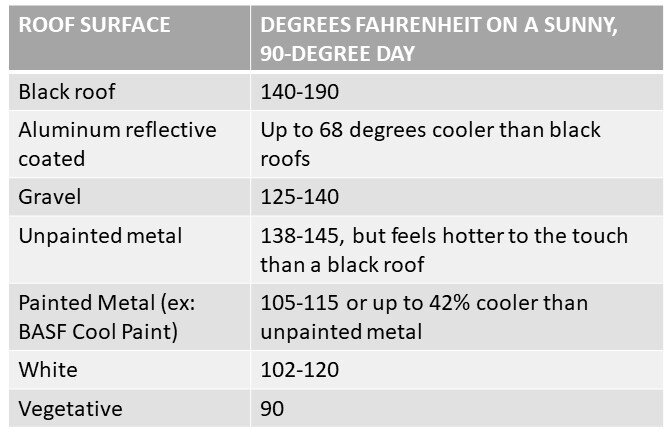How a Green Roof Can Keep Your Commercial Roof Cool
A parking lot on a sunny day can increase the temperature by as much as 20 degrees because surface material has a lot to do with temperature. If you move onto the grass, you can instantly feel the difference.
It’s the same with roofs. Dark roofs absorb light converting it to heat and emitting it back into the atmosphere. White roofs reflect the light, so there is less absorption and transference of heat.
Green roofs, on the other hand, absorb sunlight and even put it to good use.
Here are the kind of temperatures you can expect your roof to reach depending on its surface:
Note: Different sources report different temperatures.
Rooftop temperatures are the result of two different properties. The ability of the material to reflect the sun’s energy back into the atmosphere is called solar reflectance, and the amount of heat the material rejects is called thermal emittance. Both are measured on a scale from 0 to 1. Higher scores mean cooler roofs.
Black roofs can get the hottest with a more rapid breakdown of materials. Metal roofs also get hot but are coated with paint as part of the manufacturing process to help cut down on the surface heat.
White roofs can be 50 or more degrees cooler than black roofs and almost 30 degrees cooler than gravel roofs.
Why Vegetative/Green Roofs are so Cool.
The temperature of a vegetative or green roof is cool to the touch on most days because the conventional roof surface is protected under a dense canopy of vegetation, and therefore always in the shade. The cooling qualities go beyond the individual rooftop, as vegetative roofs also reduce the heat that is reflected back into the atmosphere.
There is nothing like a living, breathing cooling machine for keeping your rooftop at a pleasant temperature!
The heat absorbed by your roof surface also raises the internal temperature, especially in buildings with older roofs. The Green Building Alliance reports that choosing a cooler roof can result in significant energy savings.
Should you change your roof to keep it cooler?
If you have a dark or dated roof and you are concerned about a hot roof, or interested in energy savings, you should consider a vegetative or coated roof. New coating technologies are being developed all the time, and how hot your roof gets in the summer is a variable worth considering when re-roofing or starting a new construction project.
Our team at Wayne’s Roofing, Inc., can advise you on the best options for your particular roof that will also align with your long-range goals for your building. Contact Us Today to Learn More!





